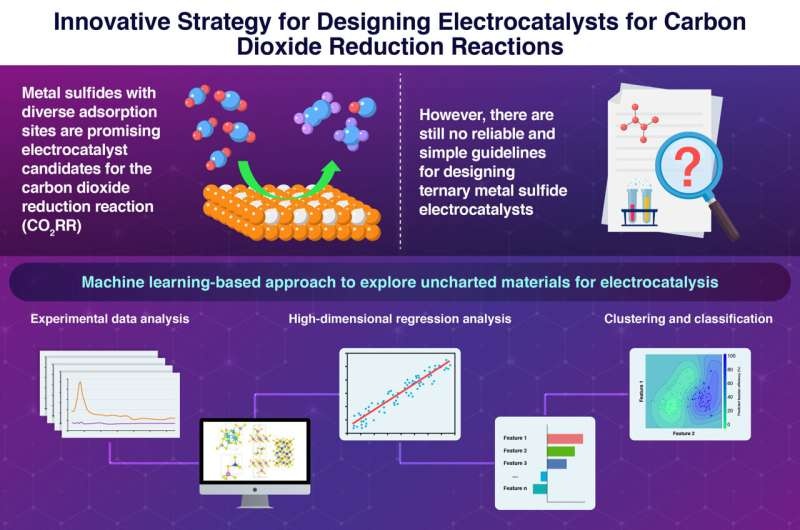Find out how ternary metal sulfides could transform the landscape of CO2 electrochemical reduction by performing both efficient and selective ECS RR.

Unraveling the CO2 Reduction Puzzle
The urgent challenge of reducing CO2 emissions around the world has led to a frenzied establishment of projects aimed at solving these problems. Among all, one of the most attractive approaches in this field is the recycling of CO2 into value-added chemicals using electrocatalytic CO2 reduction reactions.
However, the stumbling block has been identifying a suitable electrocatalyst. However, most catalysts at present have insufficient activity, poor selectivity, or are unstable over time and are therefore not suitable for industrial applications.
This is where ternary metal sulfides, a special kind of material that seems to be much better-suited for enabling such efficient overall CO2 reduction reactions as well as to have high activity and tunability. This characteristic of part covalent nature and part ionic nature in these materials holds the promise of increasing catalytic performance and energy efficiency in chemical production — thus leading to a new horizon in green chemistry.
Exploring the Uncharted Territory
Though it has been widely reported that simple sulfide phases of several metals are capable of catalyzing CO2 reduction, their facile production has largely led to the formation of only a few simple carbon compounds. On the other hand, ternary metal sulfides are anticipated to bring about synergistic bi-metal effects which could dramatically boost the electrocatalytic performance for CO2 reduction.
However, very few studies have been reported in the literature that demonstrate the performance of ternary metal sulfides in this perspective. The research team led by Assistant Professor Akira Yamaguchi of Tokyo Institute of Technology, Japan, tackled this previously uncharted area as a challenge.
The results of their most recent work, published in Materials Science and Engineering: R: Reports, described the application of a novel screening approach for ternary metal sulfides as CO2 reduction electrocatalysts based on machine learning from experimental data.
Conclusion
By studying ternary metal sulfides, the team has developed an original method to analyze material capabilities and opened a potential avenue toward sustainable reduction of CO2. The researchers turned to easily measured material properties and a fast-firing workflow to identify the primary parameters responsible for high electrocatalytic activity. This is major progress and could help speed up the development of efficient CO2 conversion catalysts that will, in turn, make it possible to recycle atmospheric CO2 for the production of high-value chemicals.
